$19.50
Description
Bin Laden’s Final Communications
Timeline of Main Events (Covered in the Source)
- 1988: Al-Qaeda is founded by Osama bin Laden, Abdullah Azzam, and other Arab volunteers during the Soviet invasion of Afghanistan.
- September 11 Attacks (Implied): Under Osama bin Laden’s leadership, Al-Qaeda is responsible for the mass murder of 2,977 victims in the United States.
- September 2006: The earliest dated document among those captured in the Abbottabad compound.
- May 2, 2011: United States Special Operations Forces conduct a covert raid, “Operation Neptune Spear,” on Osama bin Laden’s compound in Abbottabad, Pakistan, killing him. During the raid, intelligence-valued documents and media are confiscated.
- April 26, 2011: Osama bin Laden authors a letter to AtiyyaAbd al-Rahman (Shaykh Mahmud) outlining his response to the “Arab Spring” and discussing various topics including Iraq, individuals coming from Iran, hostages in the Islamic Maghreb and Somalia, his sons, his courier, Ayman al-Zawahiri (Shaykh Abu Muhammad), and other individuals.
- Week of April 26, 2011 (Implied): Other letters within the collection are dated up to a week before bin Laden’s death.
- May 3, 2011: The Combating Terrorism Center at the U.S. Military Academy at West Point releases the declassified documents recovered from bin Laden’s compound and its analysis, highlighting bin Laden’s frustration with regional jihadi groups and his lack of control over them.
Cast of Characters and Brief Bios
- Osama bin Laden (Usama bin Ladin) (March 10, 1957 – May 2, 2011): Founder and leader of the pan-Islamic terrorist organization al-Qaeda. Responsible for the September 11 attacks and many other mass-casualty attacks worldwide. Killed in a U.S. raid in Abbottabad, Pakistan. The captured documents reveal his frustration with al-Qaeda affiliates and his desire for them to focus attacks on the United States.
- Abdullah Azzam: A co-founder of al-Qaeda along with Osama bin Laden and others during the Soviet invasion of Afghanistan.
- AtiyyaAbd al-Rahman (Shaykh Mahmud): A leader within al-Qaeda and a recipient of a letter from Osama bin Laden dated April 26, 2011.
- Abu Yahya al-Libi: A leader within al-Qaeda and an author of some of the captured communications.
- Adam Gadahn: An American member and spokesman for al-Qaeda who authored a document critiquing various news outlets.
- Mukhtar Abu al-Zubayr: Leader of the Somali militant group Harakat al-Shabab al-Mujahidin, mentioned in the letters.
- Nasir al-Wuhayshi (Abu Basir): Leader of the Yemen-based Al-Qaeda in the Arabian Peninsula (AQAP), mentioned in the letters.
- Anwar al-`Awlaqi: A recognizable personality featured in the letters, likely as an author, recipient, or subject of conversation.
- Hakimullah Mahsud: Leader of Tehrik-e-Taliban Pakistan (TTP), mentioned in the letters.
- Abu `Abdallah: An alias used by Osama bin Laden as the author of a letter.
- Shaykh Abu Muhammad: Likely refers to Ayman al-Zawahiri, mentioned in a letter from Osama bin Laden.
- David Petraeus: Then-commander of U.S. and NATO forces in Afghanistan, a potential target mentioned in bin Laden’s communications.
- Barack Obama: Then-President of the United States, a potential target mentioned in bin Laden’s communications.
- Joe Biden: Then-Vice President of the United States, mentioned in the context of potentially assuming the presidency if Obama were killed.
- Keith Olbermann: Former host on MSNBC, mentioned in Adam Gadahn’s critique of news outlets.
Osama Bin Ladin & Al Qaeda Documents Captured At Abbottabad Compound
400 pages of captured documents, recovered from bin Ladin’s compound during the Abbottabad raid, plus explanatory notes.
On May 2, 2011 United States Special Operations Forces killed bin Laden during a covert raid, “Operation Neptune Spear,” in the garrison Pakistani town of Abbottabad. Members of the raiding party were trained to identify documents and media of intelligence value. The assault team confiscated a wealth of material, including video and personal correspondence.
Osama bin Mohammed bin Awad bin Laden (Arabic: أسامة بن محمد بن عوض بن لادن) (March 10, 1957 – May 2, 2011) also rendered Usama bin Ladin, was a founder of the pan-Islamic terreorist organization al-Qaeda. Under his leadership, the al-Qaeda organization was responsible for the mass murder of 2,977 victims of the September 11 attacks in the United States and many other mass-casualty attacks worldwide.
Al-Qaeda (Arabic: القاعدة) translation: “The Base”, “The Foundation” or “The Database”, alternatively spelled al-Qaida and al-Qa’ida is a militant Sunni Islamist multi-national organization founded in 1988 by Osama bin Laden, Abdullah Azzam, and several other Arab volunteers during the Soviet invasion of Afghanistan.
This collection contains a selection of the captured documents that was given by the Director of National Intelligence to the Combating Terrorism Center at the U.S. Military Academy at West Point for analysis.
The documents consist of electronic letters or draft letters, totaling 175 pages in the original Arabic and 197 pages in the English translation, and background infomation on the documents. The earliest is dated September 2006 and the latest April 2011, a week before bin Ladin’s death. These internal al-Qa`ida communications were authored by several leaders, including Usama bin Ladin, `Atiyya `Abd al-Rahman, Abu Yahya al-Libi and the American Adam Gadahn, as well as several unknown individuals who were either affiliated with the group or wrote to offer it advice.
Other recognizable personalities who are featured in the letters either as authors, recipients or points of conversation include Mukhtar Abu al-Zubayr, leader of the Somali militant group Harakat al-Shabab al-Mujahidin; Nasir al-Wuhayshi (Abu Basir), leader of the Yemen-based al-Qa`ida in the Arabian Peninsula (AQAP); Anwar al-`Awlaqi; and Hakimullah Mahsud, leader of Tehrik-e-Taliban Pakistan (TTP).
A study of the declassified documents recovered from Osama bin Laden’s compound in Pakistan reveals a terrorist leader frustrated with regional jihadi groups and his own inability to exercise control over them. The Combating Terrorism Center at the U.S. Military Academy at West Point says the late al-Qaida leader’s frustration is the “most compelling story to be told” by the declassified documents. The privately-funded research institution released the documents and its analysis of them on May 3, 2011.
The Center says contrary to what many people thought, bin Laden was not “the puppet master pulling the strings that set in motion jihadi groups around the world.”
The Combating Terrorism Center says the focus of bin Laden’s private letters is Muslims’ suffering at the hands of his jihadi “brothers.” The Center’s report says bin Laden was “burdened by what he viewed as the incompetence” of the al-Qaida affiliates, including their “poorly planned operations which resulted in the unnecessary deaths of thousands of Muslims.”
The al-Qaida leader was reportedly “at pains” advising the groups to stop domestic attacks that cause Muslim civilian casualties. Instead, he wanted them to focus on the United States, which he described as “our desired goal.”
Bin Laden wanted especially to target airplanes carrying then-commander of U.S. and NATO forces in Afghanistan General David Petraeus and U.S. President Barack Obama. The Combating Terrorism Center says he explained that President Obama’s death would see the “utterly unprepared” Vice President Joe Biden assume the presidency and send the U.S. into crisis.
The documents provide evidence for the first time of al-Qa`ida’s covert campaign against Iran.
One letter was authored by “Abu `Abdallah” (Usama bin Ladin), addressed to “Shaykh Mahmud” (`Atiyya) and dated 26 April 2011 – a week before bin Ladin’s death. In it, bin Ladin outlines his response to the “Arab Spring,” proposing two different strategies. The first strategy pertains to the Arab World and entails “inciting people who have not yet revolted and exhort[ing] them to rebel against the rulers (khuruj ‘ala al-hukkam)”; the second strategy concerns Afghanistan and it entails continuing to evoke the obligation of jihad there. The letter also makes reference to a wide variety of topics including: the scarcity of communications from Iraq, “the brothers coming from Iran,” and hostages held by “our brothers in the Islamic Maghreb” and in Somalia. The document also briefly discusses Bin Ladin’s sons, his courier, Shaykh Abu Muhammad (Ayman al-Zawahiri), and other individuals of interest.
In one document al-Qa`ida spokesman Adam Gadahn critiques news outlets at ABC, Al Jazeera, CBS, CNN, Fox News and MSNBC. It even mentions the “firing” of MSNBC’s Keith Olberman.




Related products
-
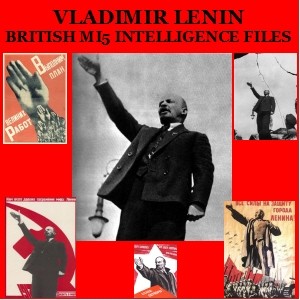
Vladimir Lenin MI5 British Intelligence Files
$19.50 Add to Cart -
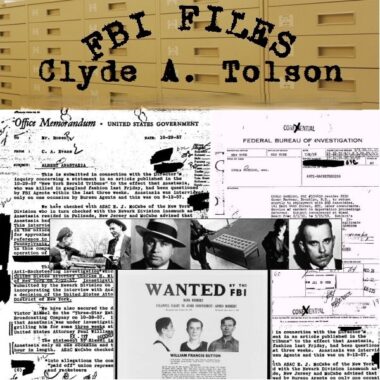
Clyde A. Tolson – J. Edgar Hoover FBI Files
$19.50 Add to Cart -
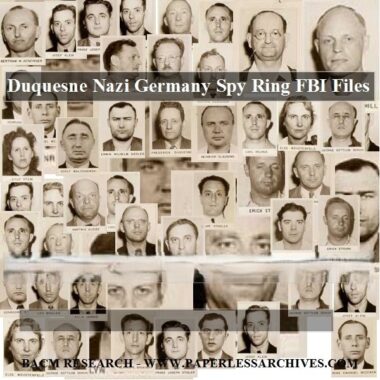
Duquesne Nazi Germany Spy Ring FBI & MI6 Files
$19.50 Add to Cart -
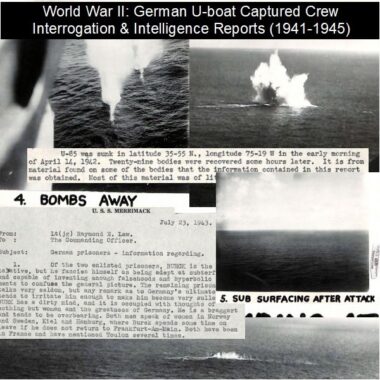
World War II: German U-boat Captured Crew Interrogation & Intelligence Reports (1941-1945)
$19.50 Add to Cart

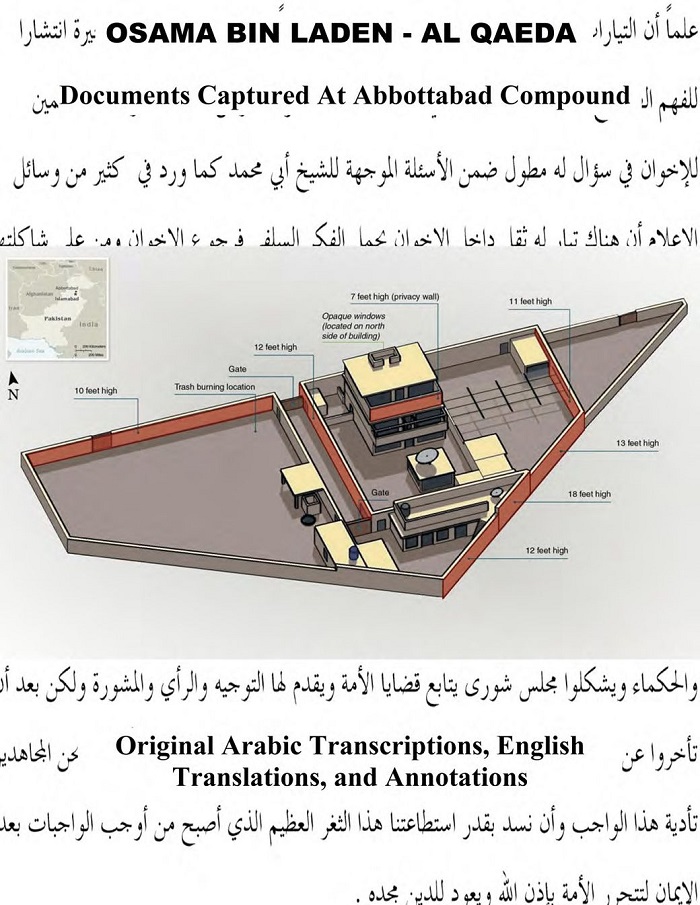
Reviews
There are no reviews yet.